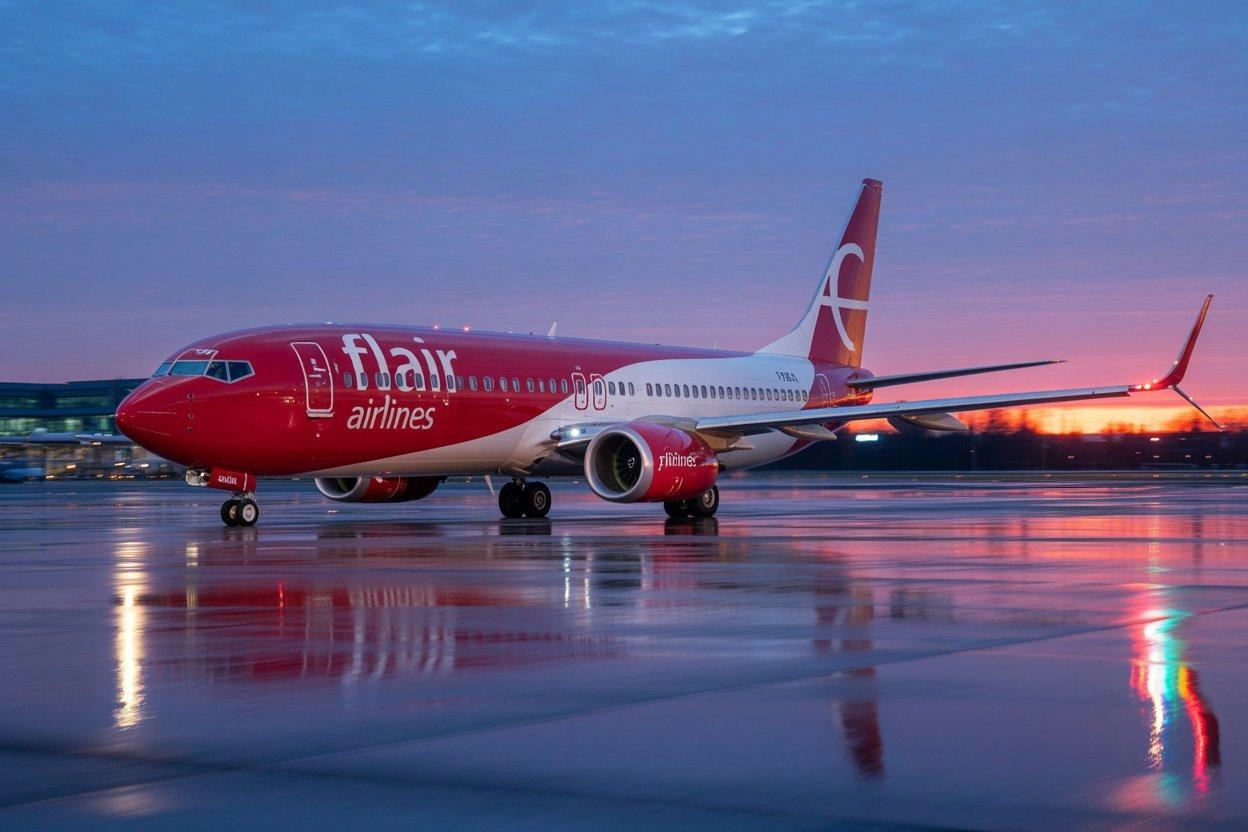
AeroGenie — あなたのインテリジェントな副操縦士。
現在のトレンド
Categories
Pilot Error Causes TransAsia Flight 235 Crash in Taiwan
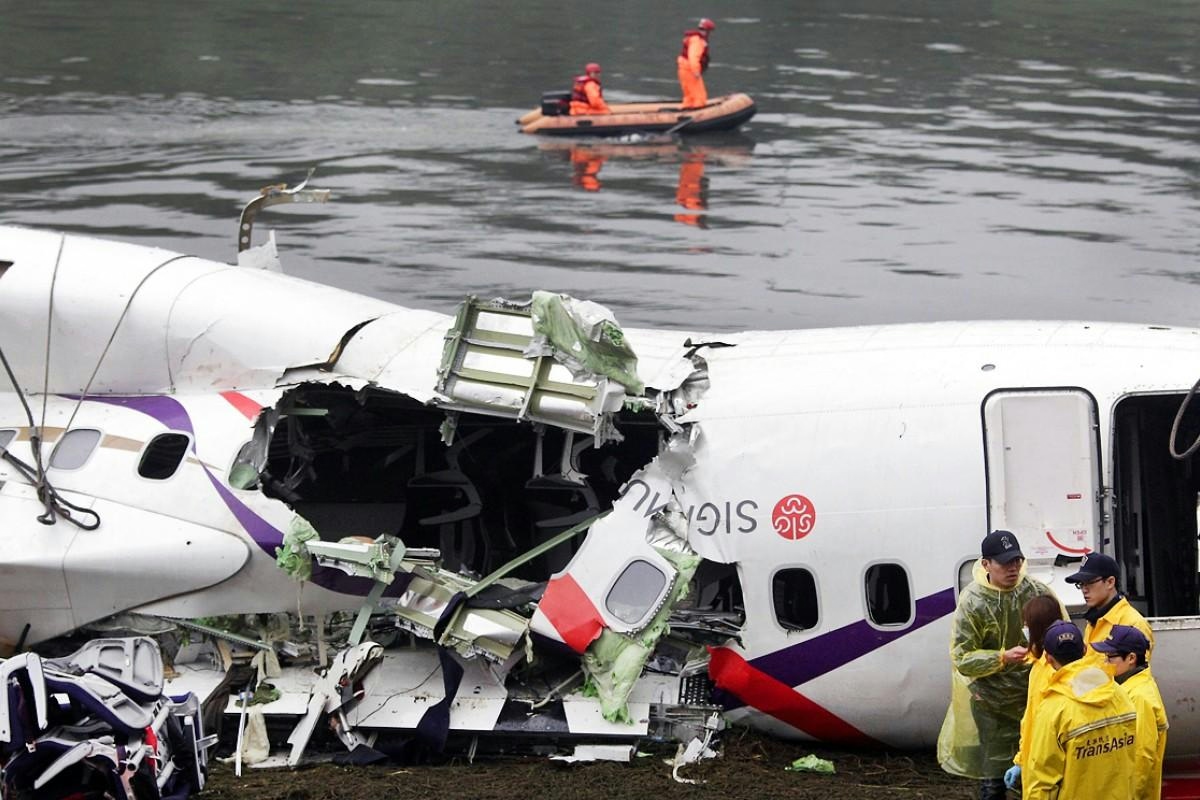
Pilot Error and Training Deficiencies Behind TransAsia Flight 235 Crash in Taiwan
The tragic crash of TransAsia Flight 235 on February 4, 2015, stands as a somber milestone in modern civil aviation, underscoring the catastrophic impact of human error compounded by systemic shortcomings. The ATR 72-600 aircraft, carrying 53 passengers and five crew members, crashed into the Keelung River shortly after departing Taipei’s Songshan Airport, resulting in 43 fatalities. The incident gained global attention, particularly after dramatic footage emerged showing the plane clipping a taxi on Huandong Boulevard moments before plunging into the river. This event triggered intense scrutiny of airline safety protocols and pilot training standards.
The Flight and the Fatal Error
Flight 235 was operating a routine short-haul route to Quemoy Island. Onboard were Captain Liao Chien-tsung, co-pilot Liu Tze-chung, and a third pilot undergoing training. Mere seconds after takeoff, the aircraft’s Automatic Takeoff Power Control System (ATPCS) malfunctioned, causing the right engine to lose power and triggering an “Engine 2 flameout” warning. Despite the co-pilot’s repeated alerts and established aviation procedures, Captain Liao mistakenly shut down the left engine—the only engine still operational.
With both engines disabled, the aircraft rapidly lost lift and entered an aerodynamic stall. Cockpit voice recordings revealed the escalating confusion and alarm as the crew struggled to diagnose the problem amid multiple warnings. Although the co-pilot confirmed the shutdown of engine 2, Captain Liao continued to reduce power on engine 1. The co-pilot’s urgent calls to increase thrust came too late to prevent disaster. Attempts to restart the engines failed, and the plane crashed shortly thereafter. The final cockpit recording captured the captain’s grim admission: “I pulled the lever the wrong way.”
Investigations Reveal Systemic Failures
Subsequent investigations exposed a series of failures extending beyond the immediate cockpit error. The ATPCS was found to have internal cracks that produced erroneous readings, contributing to the initial engine flameout warning. However, the focus quickly shifted to TransAsia Airways’ training and oversight practices. Captain Liao had a documented history of failing multiple qualification tests and demonstrated difficulty managing emergency situations. Despite these concerns, he was promoted to command the ATR 72-600.
Official reports highlighted significant deficiencies in the airline’s selection and training processes, particularly in Crew Resource Management (CRM)—the critical teamwork and communication protocols designed to manage high-stress scenarios effectively. The crash prompted urgent calls within the aviation industry for more stringent training standards and enhanced regulatory oversight.
The repercussions extended beyond TransAsia Airways, as investors and regulators intensified their examination of airline safety protocols worldwide. Competing carriers responded by strengthening their safety training programs and operational guidelines to mitigate the risk of similar incidents. The complex interplay between pilot error and technical malfunction in aviation disasters was further emphasized by ongoing legal battles involving manufacturers such as Boeing, underscoring the necessity for comprehensive safety reforms.
The legacy of Flight 235 remains a stark reminder of the devastating consequences that can arise from lapses in training, decision-making, and system reliability, prompting lasting changes in industry practices and public confidence.
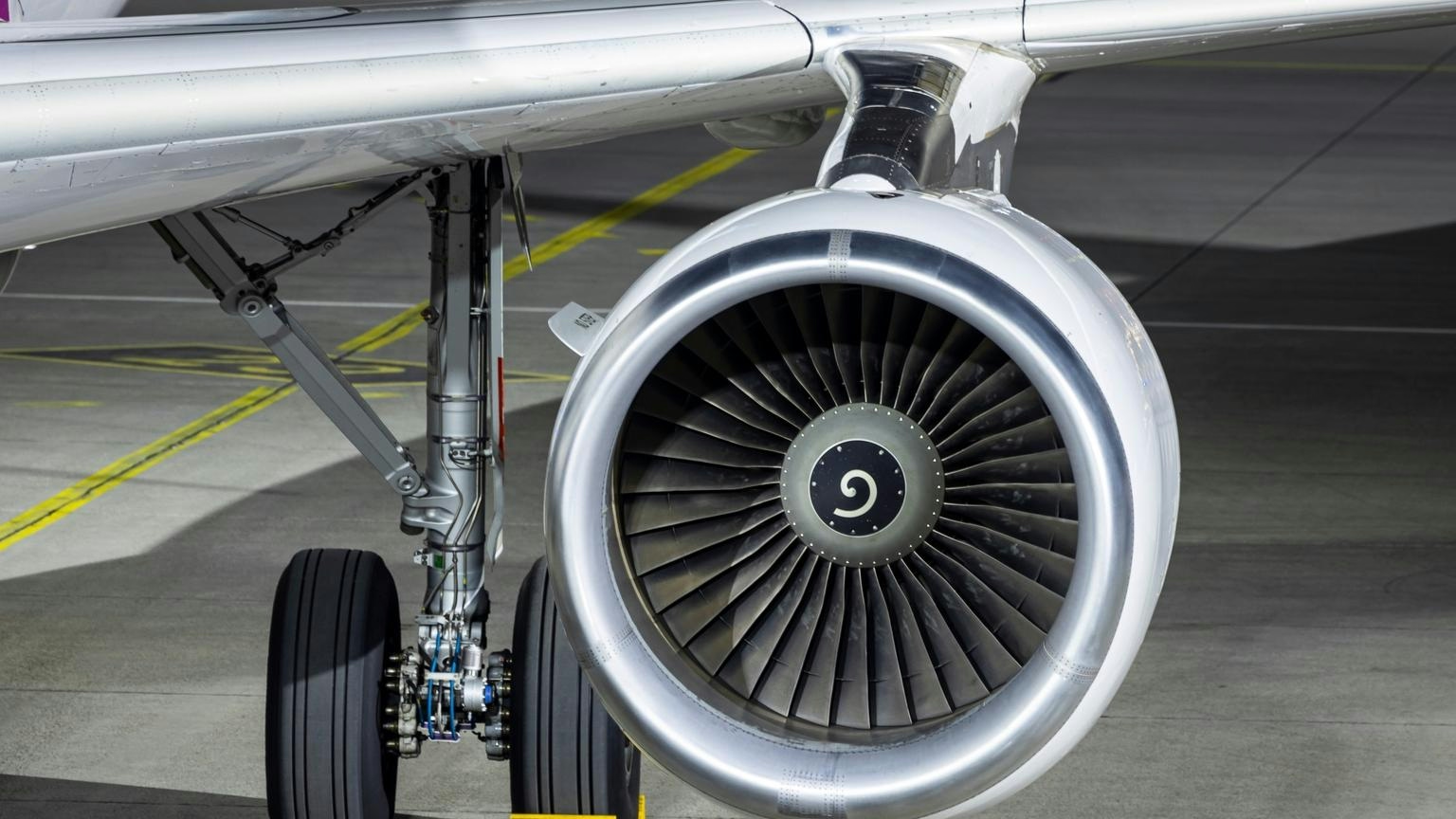
FTAI Aviation Raises $2 Billion for Aircraft Leasing Fund
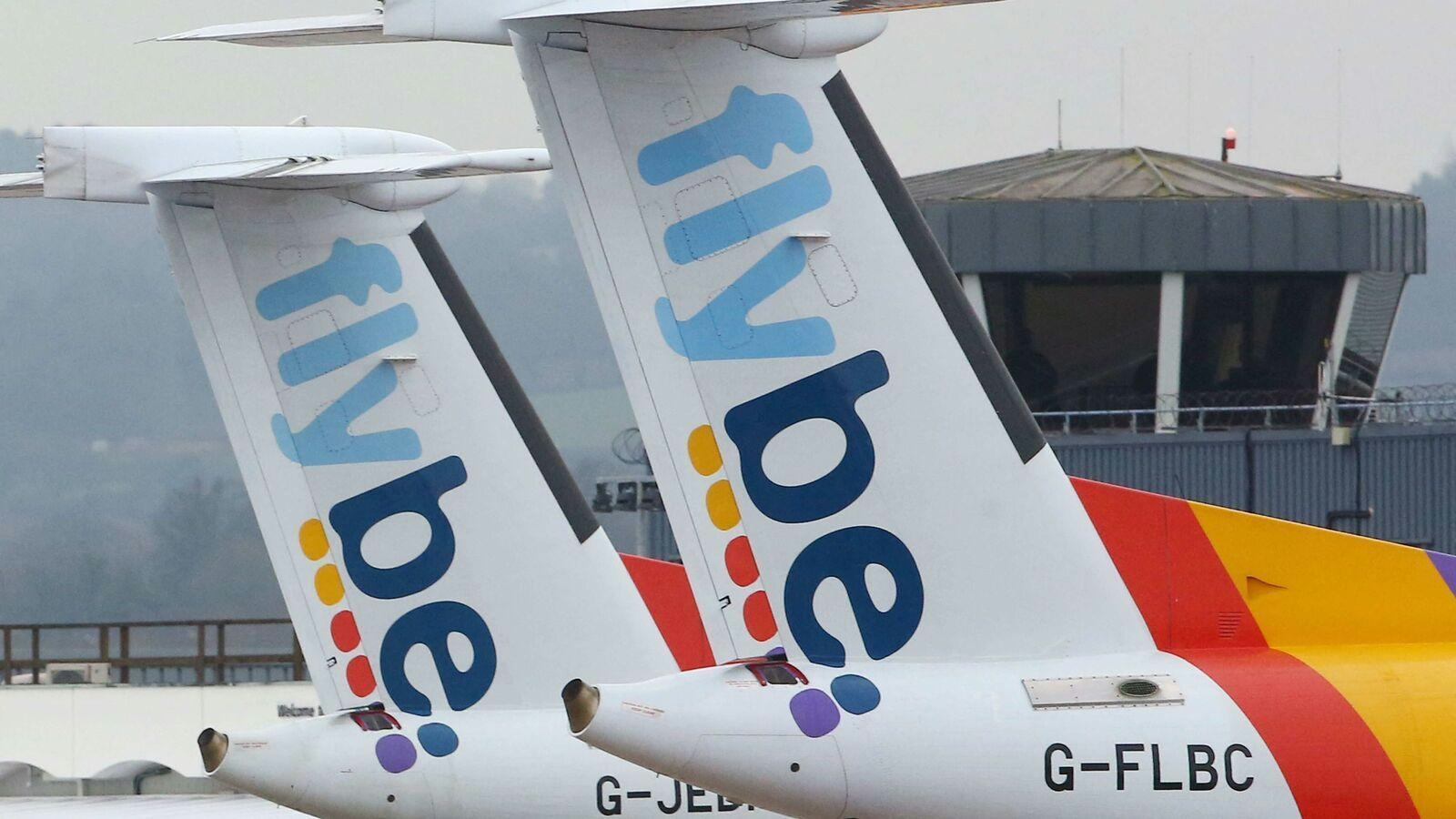
UK Airline Cancels All Flights and Returns Planes to Lessors
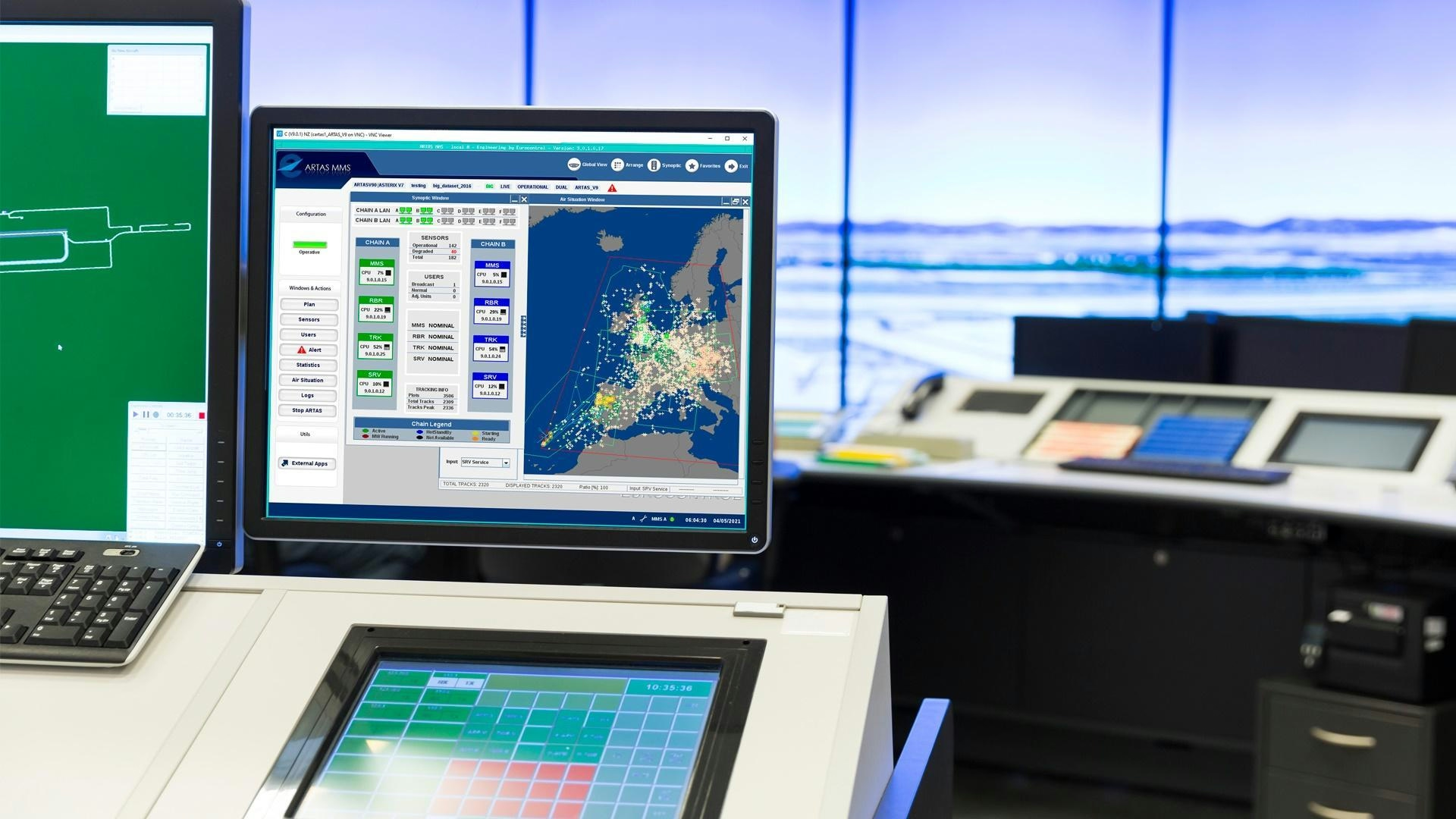
DGCA Launches Centralized Software for Real-Time Flight Data Monitoring

Toronto Pearson Launches Innovation Pilots with DMZ and Creative Destruction Lab
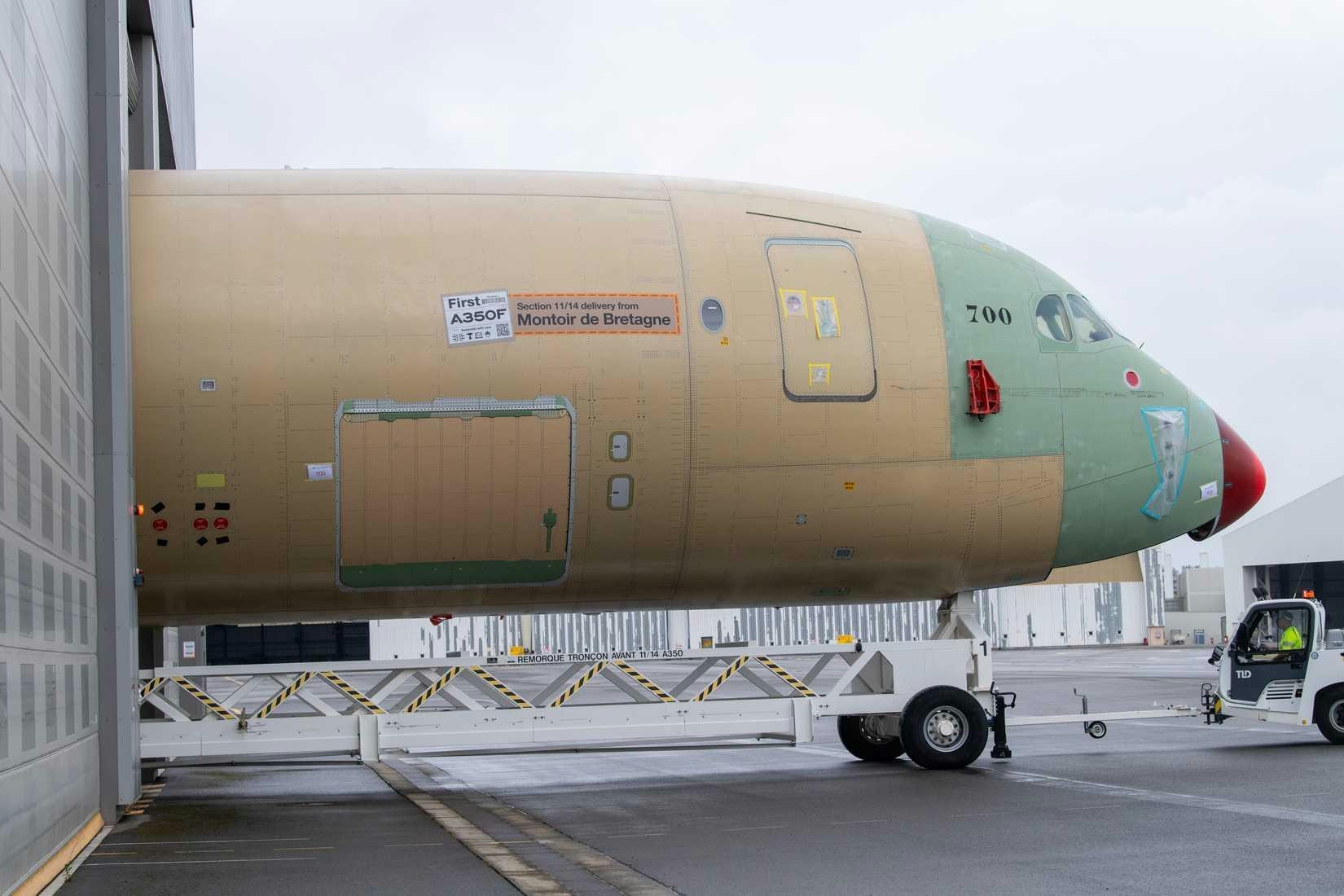
Air China Cargo Plans to Order Up to 10 Airbus A350 Freighters
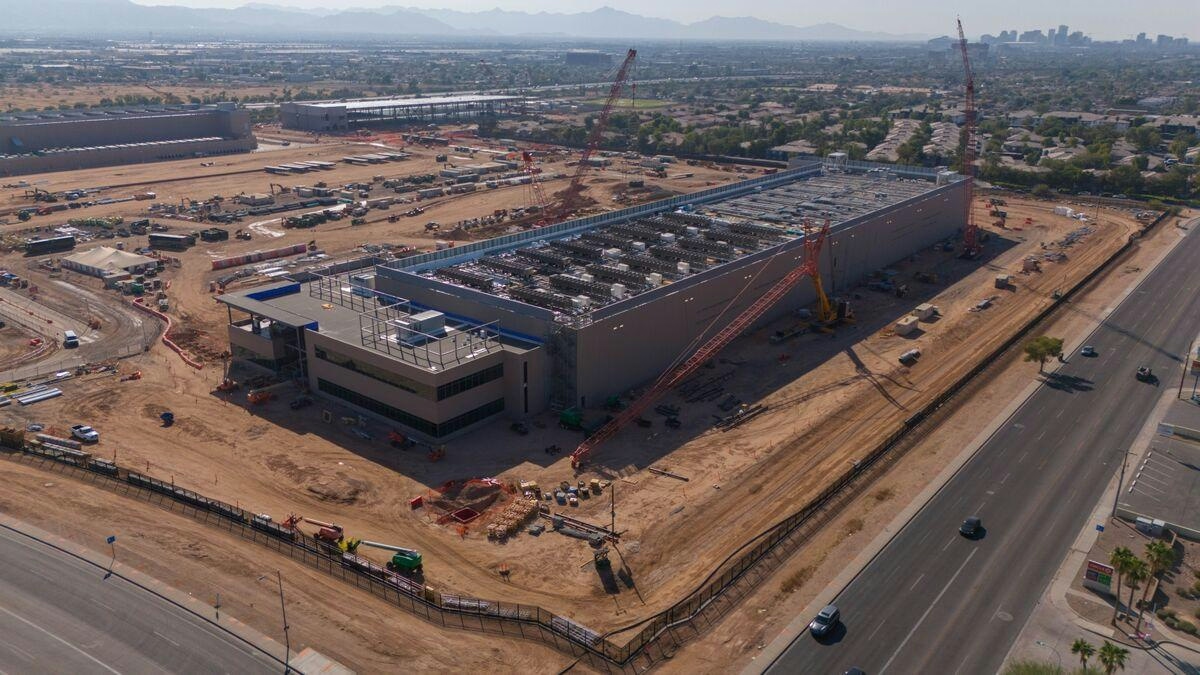
Air Force Plans to Lease Base Land for Private AI Data Centers

China Southern Airlines Renews Finance and Lease Agreement with CSA Leasing

Cyprus Emerges as a Growing Player in Aviation
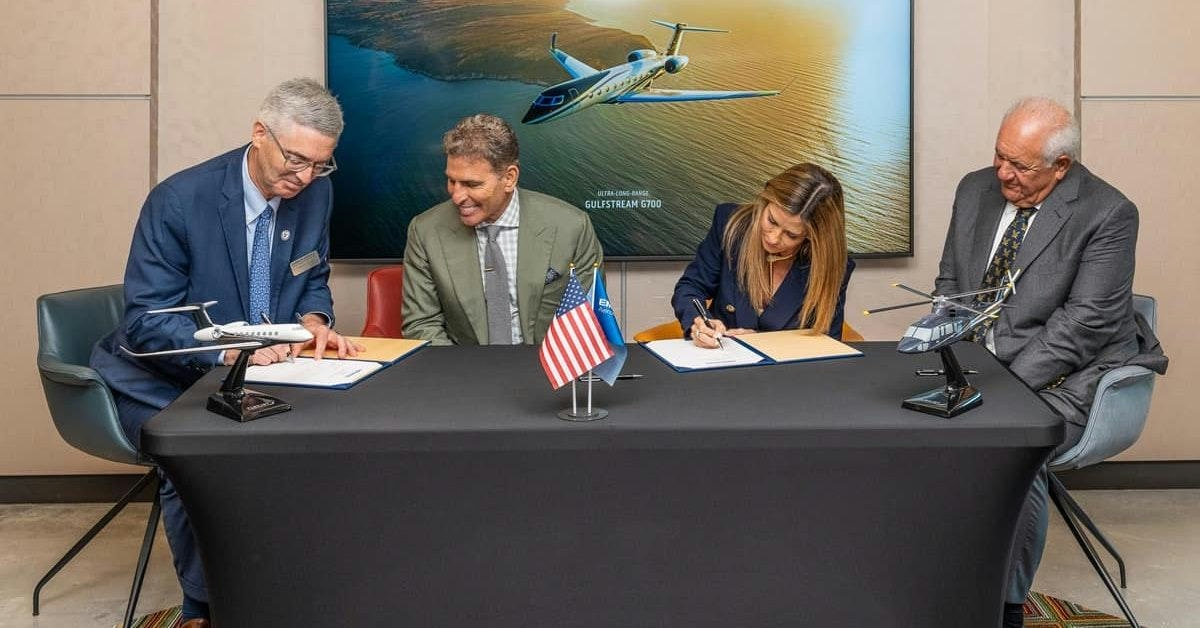
Flexjet’s Ricci Creates Two Endowments at Embry-Riddle
